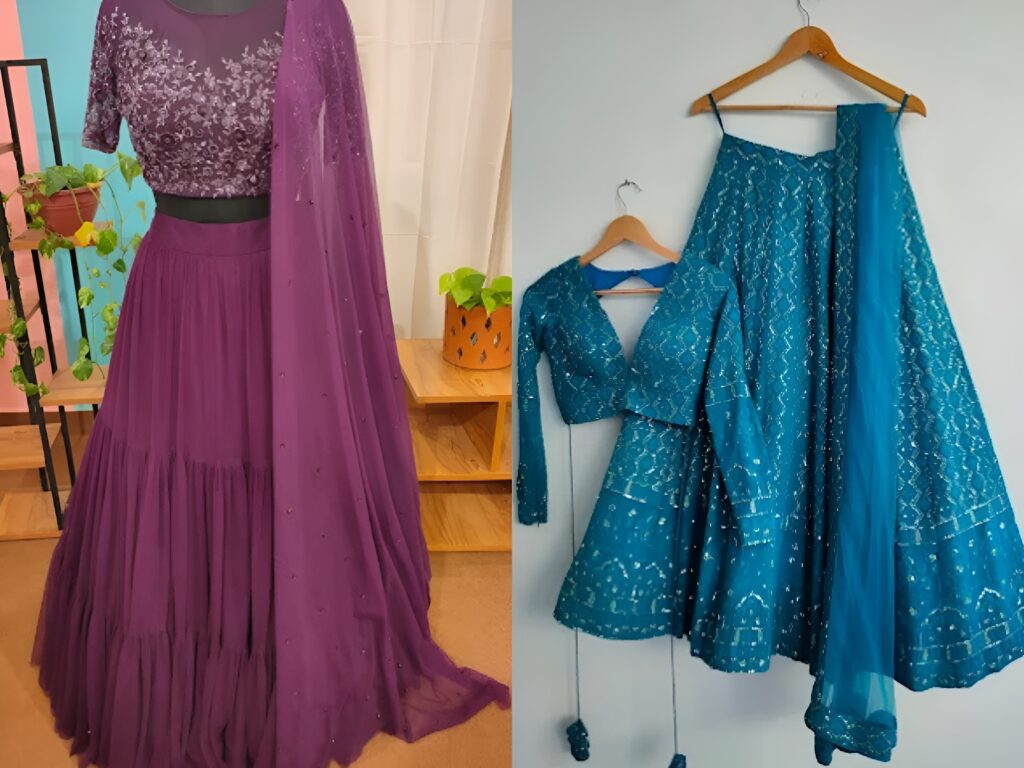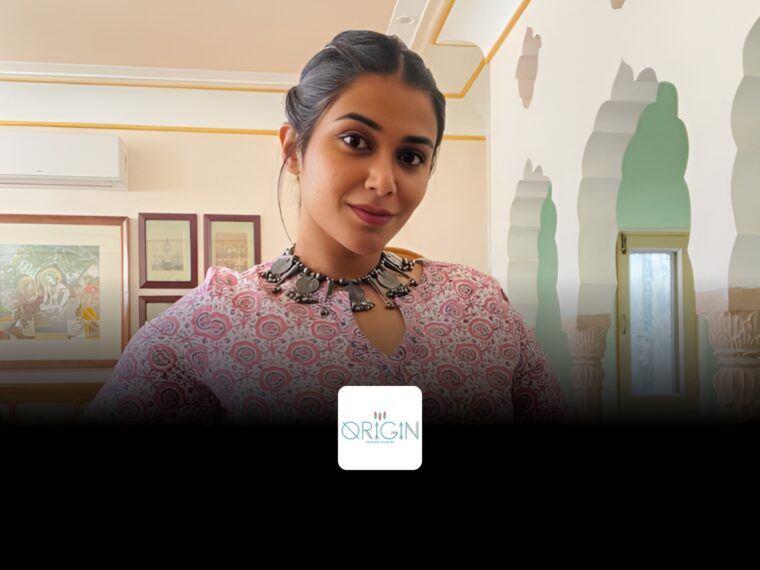Table of Contents
The accidental power move – Origin Bridal Studio
You don’t always need a master plan. Sometimes, all it takes is a mother’s boutique, a financial crisis, and an eye for inefficiency. That’s how Origin Bridal Studio came to life, not with a bang, but with a designer tailoring unit that didn’t even need upfront capital.
Pooja Dev, entrepreneur, didn’t start with an investor deck. She started with what she had: demand, a room full of needles and fabrics, and a refusal to play by retail’s usual rules. “We covered our costs with what the customer brought in,” she says. “There was no money to invest back in, so I had to make a format where I didn’t need to.”
What started as a way to survive quietly turned into a business that is now generating steady revenue. Not through scale, but by subtracting noise. Cutting out the casual customer, serving fewer brides, but serving them deeper. “200 right clients are better than 300 average ones,” she says, almost casually, but the intention is anything but.
Why “custom” isn’t just a buzzword
Origin Bridal Studio isn’t a design studio in the glossy Pinterest sense. It’s a studio where only trust scales. You don’t walk in and browse racks. You come to make something that didn’t exist before. And you don’t get it in a day. This isn’t fast fashion, it’s emotional manufacturing.
The biggest cost in a bridal lehenga isn’t fabric. It’s hours – “human hours,” as she calls it, of handwork and creative translation. That also makes the business hard to grow. “You can’t explain Rs. 75K unless the customer sees what it could’ve cost her elsewhere,” Pooja explains. “We take a Rs. 1.5 lakh reference and try to deliver it at Rs. 75K.”
That’s not a marketing pitch. That’s a mindset.
Here’s what Origin chooses not to do:
- Serve everyone who walks in
- Optimise for speed
- Copy designs just because they trend
Here’s what Origin insists on:
- Vetting customers as much as they’re vetting Origin
- Saying “no” if the fit, flow, or faith isn’t right
It’s not always polite. But it’s protective.
They focus on crafting deeply personal, custom bridal wear for select clients, blending trust, artistry, and a no-compromise design process.
A studio that’s been taught by chaos
In a single month, Origin may cater to over 120 brides. And that means managing fabric sourcing, dyeing, embroidery, stitching, quality checks, and photo updates, all under one roof, with no enterprise software, just notebooks and grit.
Between craft and curriculum
Pooja’s next move isn’t more stores or international clients. It’s education. She’s seen firsthand the gap between fashion academia and ground-floor execution. “They can tell you colour theory,” she says, “but they can’t tell you which shade of green suits a client wearing it for the first time.”
So she wants to build what colleges aren’t: a regionally-fluent, ground-up design curriculum taught by people who’ve lived the chaos.
State by state. Studio by studio. Student by student.
The final thread
Pooja doesn’t chase unicorn status. She measures scale not in volume, but in clarity. Not in orders, but in control. She doesn’t idolise freedom or chaos; she tolerates them just enough to reach the next checkpoint.
I didn’t plan to build a bridal studio, it just kept growing louder than everything else.
And so she listened.

Origin Bridal Studios is featured in The First Brick series. The series highlights promising early-stage companies.
What are your thoughts on Origin Bridal Studios by Pooja Dev? Tell us in the comments below.
Did you read last week’s article on Feet Picks, a sock brand by Jyothika Mary? Read it here.

